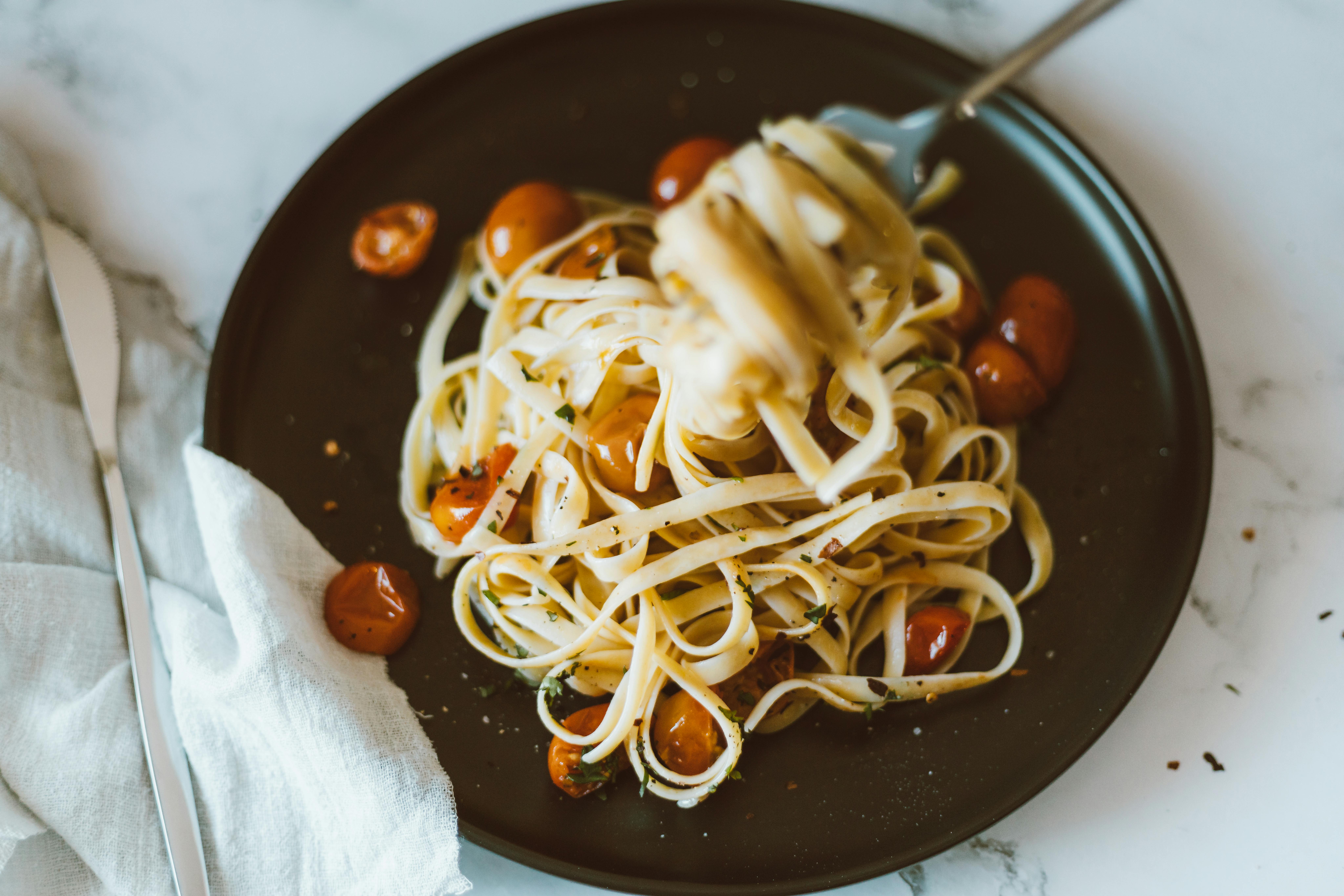Thank you for sticking with me over the past week. By the end of this issue, you should have a much better idea of the process involved in planning, designing, and installing your dream kitchen.
Successful kitchen design comes down to one thing: planning. It’s not a complicated task, and if you do it in logical steps, I know you can design a safe, efficient, and eye-catching room, even if you’ve never done it before. 🙂
You might be surprised to find that many of the so-called “designers” who work at your local big box DIY store (you know who) have only limited experience. Nothing compared to the real-world knowledge you’ve gained from reading our cooking guide and this series of emails.
Installation – Part 3
accessories
o Now that the plumber and electrician have finished powering and piping all the appliances, they can now be installed. When installing washing machines and dishwashers, make sure your connections are leak-free before proceeding (sounds obvious, I know, but the last thing you want is to have to lift up your flooring and remove baseboards, etc. to fix a leak later).
Advice: To avoid having to unscrew the height-adjustable feet too far on built-in floor-mounted appliances, seat them in a counter cutout if necessary; they will be much more stable that way.
Now put the doors
o You were probably desperate to get the doors on the drives, but your patience paid off. He not only made the wall and base units easier to install (because they were lighter and the door didn’t catch his hand when he lifted them), but they were also less likely to get damaged. The kitchen can be a busy environment during installation time with tools and materials lying around and it would be a shame to damage a real oak or walnut door because he couldn’t wait.
If you’re doing the installation yourself, take your time aligning the doors correctly; nothing detracts from a finished kitchen more than uneven gaps between doors. There are adjustment screws on the hinges that I suggest you try to see what they do: up, down, left and right.
o Now is also the time to hang the doors of any built-in appliances you may have. They are usually attached with screws and brackets that need to be in a precise position, so follow the instructions closely and if a template is provided, use it.
o If not already done, also attach the cornice and valance, if supplied. They are decorative moldings that finish off the upper part (cornice) and the lower part (valance) of the tall furniture. The cornice would also be used around the top of a pantry or powder room, if installed. If you have a manual or electric miter saw, great, give it a try. Measure the lengths you need and note them on a quick line drawing. Cut your pieces to size and then use miter glue to join them together (this is a very strong ‘super glue’ and ‘activator’ that dries quickly and produces a very strong bond). If your joints are precisely cut and the glue has been applied correctly, it is possible to lift the entire length of the cornice or valance and fit it in one piece.
Advice: If you’re not sure about doing this, then just like with countertops, pay a professional to come and do it; It’s not worth ruining the look of a good kitchen setup with poor details.
splash
o You can purchase individual stainless steel backsplashes to place between the hob and the extractor. In this case, however, I mean the area between the countertops and the bottom of the tall cabinets. Like countertops and floors, this can be a large area and can be used to visually ‘tie’ various items in the kitchen. Some manufacturers of laminate countertops also supply matching backsplash panels, which can look very effective. They can be a bit pricey though, but at least they are relatively easy to fit as long as you measure accurately.
o Sure, you could paper or paint this area along with the rest of the walls, but these finishes tend to mark easily and don’t wipe clean. Mosaics are probably the most common surface to choose from due to the wide variety available at prices to suit all budgets (in the Kitchen Guide I give some useful tips for potential mosaics).
Sparky is back…
o Assuming the dash is complete, it’s probably safe to call an electrician to install lights, switches, and outlets. If you are installing stainless steel appliances, I would recommend installing stainless steel faceplates to match. They are a bit more expensive, but the overall effect is much better. These are normally supplied with white or black switch inserts which you can specify to match your worktops – light colour: white, dark colour: black
flat
o Now that the units and appliances are installed, it’s time to lay the flooring. Do this before installing the base unit plinth so the flooring can go underneath (looks nicer and easier to do). Once this is done, you can fit the skirting for the final touch. Unless, of course, you’ve used a ‘deco leg’ system that’s designed to be seen (as opposed to the usual black plastic ones). In this case, the floor covering will have to run right up to the wall and should have been done before the units were installed.
Advice: If you are laying ceramic tile over a wood floor, first lay a 6mm plywood underlayment, nailed at 4-inch square intervals. That’s a lot of nails I know, but this will keep the new floor from shifting and cracking the grout or tile. (I have my doubts about these ’tile over wood flooring’ type adhesives, as I have yet to see tiles crack if not laid over a layer sheet first.)
Decor
o Even if installing appliances and units is out of your reach, decorating is a DIY task that most of us can do ourselves. Just remember that preparation is the key to a good finish here and any cut corners will only show through the paper or paint.
Try to balance the dark doors and countertops with a lighter color on the walls; otherwise, you may feel like the room is closing in on you.
Stand back and admire the kitchen of your dreams!
o Well, I think that’s it! You should now be able to step back and admire a beautiful kitchen and an asset to your home.
Like I said at the beginning, it can seem like a daunting task, but when you break it down into manageable pieces, it becomes ‘doable’ and something you can play a part in getting it done.
This ends this series of kitchen design and installation tips and I really hope you learned something.
All the best with your project,
Hywel Merrett



